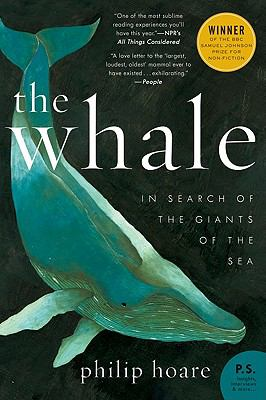I’m back from Alaska, and while we tended to be asleep before true darkness since we were there right around the summer solstice, thus missing any potential Aurora Borealis, we did see plenty of wildlife: A black bear, stellar sea lions, harbour seals, bald eagles1, sea otters, enormous ravens, and, of course, orcas and humpback whales. There are probably some other birds we saw that are unusual, but despite my love of Wingspan, I couldn’t identify them. However, that is partly linked with watching glaciers calve at the time. We saw a lot. So it seems appropriate to follow up on the Alaskan… not quite history post that I made with some items to help share the sights.
Starting with what was a highlight of the trip: bubble net feeding humpback whales. For those of you who don’t feel like reading a whole Wikipedia article, this is a group-feeding behaviour that only certain humpbacks perform, and they need to learn it from other humpbacks. The group2 circles around their prey, exhaling air bubbles to trap them in a circle or spiral, then the whales swim right up the middle, mouths wide open. We were pretty low to the water, so we couldn’t see the spiral in the water, but we certainly saw plenty of flukes, dorsal fins, and “big Buddha bellies,” as our tour guide put it whenever we saw a breach.
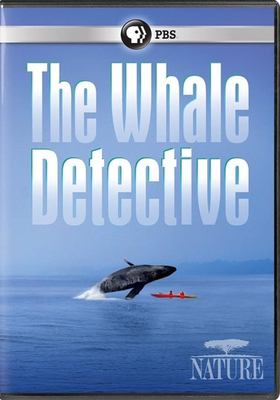
Speaking of breaching, we still need to figure out why, exactly, they do that. Are they communicating? Having fun? Showing off how strong they are to potential mates? These are all working hypotheses, though communication seems to be the most accepted theory. Of course, maybe they’re trying to murder things. Like kayakers. While this is absolutely not the case3, it did happen that a whale breached onto a kayak; miraculously, both occupants of said kayak survived, and one went on to make a documentary as he tried to make sense of the event.
Allow me to put forward another theory, though. Or rather, a corollary to the communication theory: aliens. They’re breaching not only to speak to other whales but also to talk with alien space probes from the future. We can’t hear their song when they’re above the water, but they can. Aaaand now I’ve satisfied the need to put the source of my title somewhere in my post and can move on to other creatures. Surprisingly few adult reads come up when searching for humpbacks.

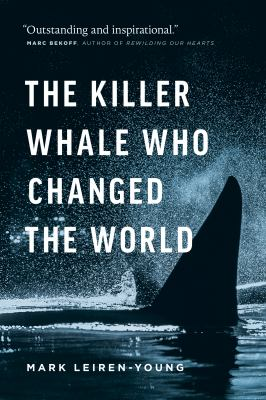
I accused the humpbacks of being killers, but what of killer whales? After all, they are apex predators capable of taking on even great white sharks. But that name really is a misnomer. Maybe not the killer part, what with the whole apex predator thing, but the whale part; they’re dolphins, hence the addition to the title. One thing they don’t do, at least in the wild, is kill humans. That link is an excerpt from The Killer Whale Who Changed the World, an account of Moby Doll, an Orca captured and displayed in the Vancouver Aquarium in 1964. Scientists learned much about Orcas from this, but the whale only survived 87 days in captivity. This incident did start to shift people’s perspectives on orcas, but we really shouldn’t have had to kill a whale for that to happen. It also started the trend of keeping orcas in captivity. Incidentally, it’s captive orcas who are far more likely to hurt or kill humans
I misspoke above. Moby Doll started to shift European and colonial perspectives of killer whales. Indigenous peoples have long known orcas are not killers, and the book Spirits of the Coast intersperses their perspective, history, art, and myths about the creatures with scientific research and essays from prominent researchers. It’s an underrepresented perspective in our other books on this topic, so give it a read to expand your horizons.
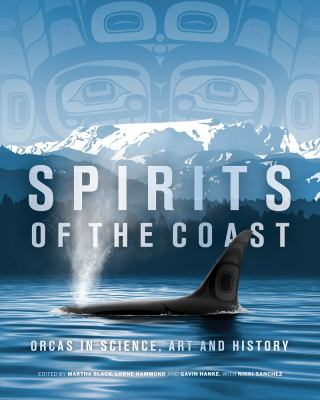

I could go on with the whale books, but we did see other cool things, so I’ll briefly mention The Lost Whale and The Whale. One is a book, the other is a documentary, and both tell the story of Luna, an orca separated from his pod. The filmmakers wrote the book, so I’d recommend watching before reading.
Are you interested in seeing glaciers calve for yourself? The internet has you covered there, but I will point to a couple of documentaries in our collection that can also help with that. Before we get there, though, learn about how these titanic rivers of ice, and just ice in general, helped shape our world and life on it in Kingdom of Frost. I know, I know, that sounds like a fantasy book title, but it’s actually a non-fiction book detailing the importance of ice to our planet. As with most books on this topic, it’s not a happy book when talking about our modern era, but it does point to some intriguing research involving large grazing animals. Want to know more? Check it out.
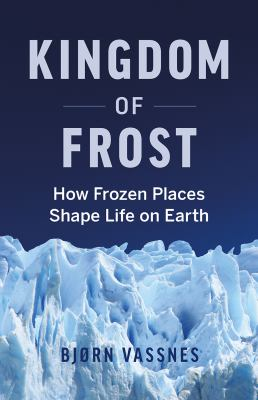
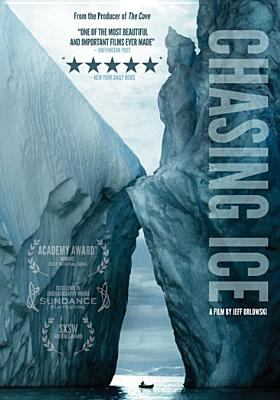
For the documentaries, Chasing Ice is another climate-change wakeup call as a National Geographic photographer attempts to capture images to tell the story of the earth’s changing climate in 2005. And Extreme Ice, the survey that Chasing Ice tells the story of. It’s beautiful, saddening imagery. And yes, even as I marvelled at watching the ice fall in Glacier Bay National Park, I felt a tinge of melancholy as these ancient ice deposits collapsed into the water multiple times throughout the couple of hours we’d be at any given glacier.
That’s it for this month. I promise next month’s post won’t be about Alaska again, though I guess this one was only tangentially related to Alaska, and I’m only making things worse by bringing it up here. Oh well. I hope you enjoyed reading4, and see you all next month with… something else.
1 one of which we saw answering the call of nature, forever shattering the illusion that they are majestic creatures.
2 the one we saw was about 18(!) whales according to our tour guide
3 We hope anyway
4 And that you will enjoy the read/watch if you check out anything from this post
